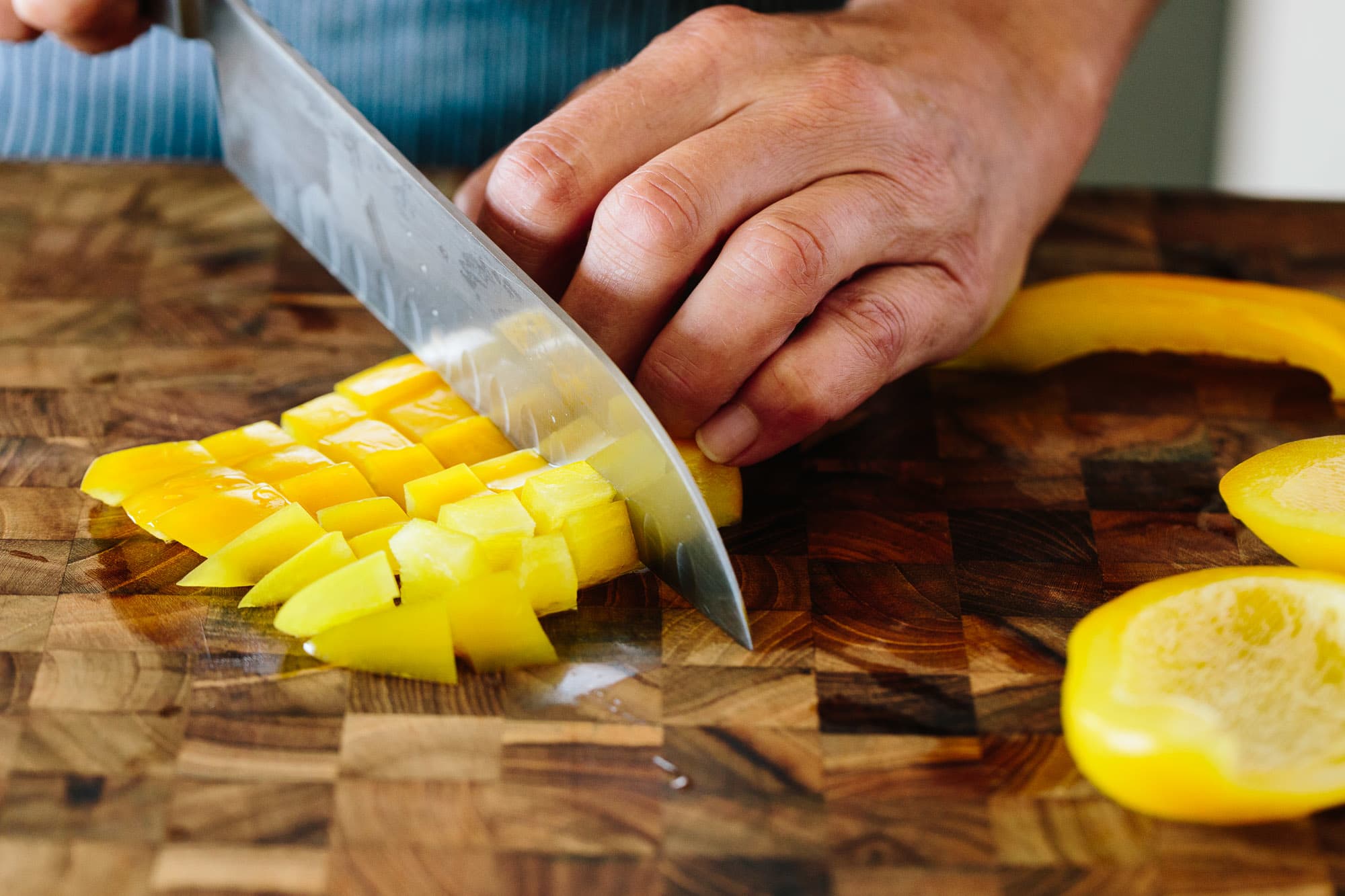How to Condition Cutting Board for Barbecue Masters
Written By James Morgan
For barbecue enthusiasts, having a well-conditioned cutting board is as crucial as having the right grill or the perfect marinade. The keyword how to condition cutting board might sound simple, but the process can make a significant difference in your food preparation and overall barbecuing experience.
In this comprehensive guide, we'll delve into how to condition your cutting board properly, ensuring it lasts longer and performs better. Whether you're slicing brisket, chopping vegetables, or cutting ribs, a well-maintained cutting board is essential.

Why Conditioning Matters
Conditioning a cutting board isn't just an optional task; it's essential for several reasons:
- Longevity: Regular conditioning prevents the wood from drying out and cracking, extending the lifespan of your cutting board.
- Hygiene: A conditioned cutting board is less likely to harbor bacteria, as the conditioned wood doesn't easily absorb moisture and food particles.
- Performance: A well-maintained surface ensures that your knife glides smoothly, making chopping and slicing easier and more efficient.

Choosing the Right Oil
The first step in conditioning your cutting board is selecting the right oil. Not all oils are created equal, and some can even go rancid over time. For barbecue enthusiasts, it's crucial to choose an oil that is food-safe and effective. Mineral oil is a popular choice because it's odorless, tasteless, and won't spoil. Alternatively, you can also use specialized cutting board oils that often contain a combination of mineral oil and beeswax for added protection.
Step-by-Step Guide to Conditioning Your Cutting Board
- Clean the Board: Start by thoroughly cleaning your cutting board. Use warm, soapy water and a gentle scrub brush. Rinse well and dry completely.
- Apply the Oil: Pour a generous amount of mineral oil or cutting board oil onto the surface. Use a clean cloth to spread the oil evenly, making sure to cover all surfaces.
- Let It Soak: Allow the oil to soak into the wood for at least a few hours, or preferably overnight. This gives the wood ample time to absorb the oil.
- Wipe Off Excess: After the oil has soaked in, wipe off any excess with a clean, dry cloth. Your cutting board should now have a smooth, hydrated surface.
- Repeat Regularly: Depending on how often you use your cutting board, you should condition it once a month or whenever the wood appears dry.
:max_bytes(150000):strip_icc()/prevent-cutting-board-slipping-1123-c9837c7f958745b792c2b115c7d7bccd.jpg)
Additional Tips for Barbecue Enthusiasts
For those who take their barbecuing seriously, here are some extra tips to keep your cutting board in top shape:
Avoid Over-Saturating
While it's essential to condition your cutting board, avoid over-saturating it with oil. Too much oil can create a sticky surface, which is counterproductive. Apply just enough to cover the surface without leaving a thick layer.
Rotate Your Boards
If you're an avid griller, you probably have more than one cutting board. Rotate them regularly to ensure even wear and tear. This also gives your boards time to rest and fully absorb the oil.
Use a Dedicated Meat Board
Raw meat can carry bacteria, so it's a good practice to have a dedicated cutting board for meat preparation. This prevents cross-contamination and makes cleaning easier.

FAQs
How often should I condition my cutting board?
The frequency of conditioning depends on usage. For heavy use, once a month is recommended. For lighter use, every three months should suffice.
Can I use olive oil or vegetable oil?
No, avoid using olive oil or vegetable oil as they can go rancid. Stick to food-safe mineral oil or specialized cutting board oils.
What if my cutting board has deep cuts or scratches?
If your board has deep cuts or scratches, sand it down with fine-grit sandpaper before conditioning. This smooths the surface and allows for better oil absorption.
External Resources
For more tips and techniques, check out these useful resources:
- Cure Wooden Board
- Clean with Lemon
- Wax a Cutting Board
- Color for Raw Chicken
- Hang Cutting Board
- Real Simple
As an Amazon Associate, I earn from qualifying purchases.



